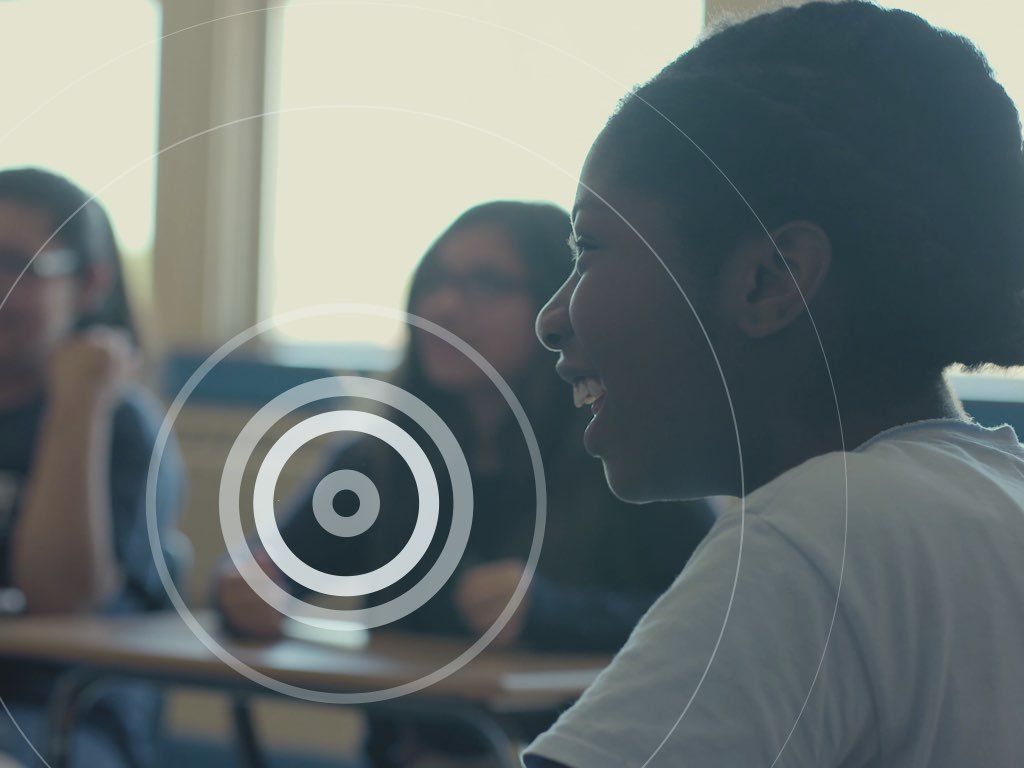i2 Innovation and Induction Clusters
Biden’s Plan to Expand Title I Funding Could Dramatically Improve K-12 Education
K-12 education in the United States faces three major challenges that persist despite decades of policy initiatives designed to address them:
lagging student performance that has fallen behind most other developed nations, growing
shortages of qualified teachers, and
deep inequities in outcomes associated with family income, race, and ethnicity. President-elect Biden’s proposal to expand Title I funding could support a comprehensive, bold solution to all three problems: Innovation and Induction (i2) Clusters. An i2 Cluster is a group of elementary and secondary schools located in a significantly underserved area of a school district—the schools in greatest need of additional Title I funding. Like teaching hospitals in medicine, i2 Cluster schools would be designated as places where: (a) trained master teachers mentor new teachers, and (b) practitioners collaborate with researchers to develop and test innovative teaching practices. And as in teaching hospitals, i2 Clusters would be places where excellent practice and mentoring both stimulate and respond to research.
BENEFITS
- More stable teaching workforce: Research indicates that intensive support for new teachers, including a year working alongside a trained mentor and a second year with weekly mentoring sessions, would reduce the number of teachers leaving the profession in their early years by more than half.
- Increased equity: Locating the sites in the lowest-performing schools would reduce inequities in access to effective and experienced educators and would place two adults in classrooms whose students stand to benefit most from additional teacher attention.
- Achievement: Designating these schools as sites for researchers to work alongside practitioners would provide our nation’s outstanding education researchers with contexts for identifying and developing solutions to the instructional, social and emotional barriers to higher academic performance. Working with i2 Cluster schools will allow these challenges to be addressed in ways that respond to the complexity of the classroom and the community, and to receive the sustained attention required to create solutions that work for students, teachers and communities.
Each district-based i2 Cluster would be locally operated. Networks would be established among sites to facilitate and accelerate continuous improvement as work on a particular problem in one location is informed by work to address that same problem elsewhere. To this end, a national network hub would be charged with supporting capacity building, knowledge accumulation, and the spread of innovations across sites. But, very importantly, a local governance structure for each i2 Partnership would limit the national role to one of enhancing local efforts
FUNDING
While some of the funding for an i2 Cluster initiative may be reallocated from existing sources (e.g., induction and professional development budgets, Title I set aside funds, etc.), significant new funding will be required. Because schools with the highest concentrations of students from low-income families would be prioritized, an enhanced Title I program would serve as the natural mechanism for expanded funding—a strategy that President-elect Biden has already proposed. Though Title I is the primary source of federal funds to reduce the disparities in educational opportunity for students from low-income families, critics charge that these funds are often used ineffectively. Tying new Title I funds to an i2 Cluster initiative would ensure that these federal dollars are effectively invested because i2 Clusters would generate and use scientifically based evidence on what best increases learning for these students. They would also support allocation of the highest-quality teachers to Title I-eligible schools. The well- established relationships between researchers and practitioners in the i2 Partnership would make them an efficient and effective location for expanding federally-funded research on problems of practice that are a high priority both locally and nationally.
While its individual elements may be entirely familiar, the i2 Cluster concept is new. Some familiar elements are the effort to provide greater support to new teachers through teacher residency programs, to allow for innovation in practice in Charter Schools, and to bridge the divide between universities and school districts through research- practice partnerships. But this proposal is much more than the sum of these parts in that:
- it integrates induction of new teachers, evidence-based innovation in practice, and attention to equity into a coherent whole;
- it calls for a structure that would build capacity and an infrastructure for improvement nationally while prioritizing local decision-making, and
- it is designed to allow sustainable funding through existing mechanisms
The teaching hospitals that serve a similar function in medicine receive upwards of $16 billion annually in federal and state dollars. Medicare and Medicaid are the stable funding mechanisms that support teaching hospitals to train new doctors and to care for low-income patients. And additional research funding allows many of the teaching hospitals to serve as locations for transformative research to improve medical practice. But while the parallel in function is striking, the funding levels are starkly different. Federal support through the Higher Education Act for partnerships between universities and school districts to train new teachers is a mere $43 million. And annual funding for teacher quality initiatives through the Every Student Succeeds Act has never reached even $100 million. Total federal support for training new teachers is therefore less than 1% of the support for training new doctors—a mirror image of the disparity in funding between education research and medical research.
Medical doctors in the U.S. are arguably the best in the world because the nation has invested in health-care excellence. We have not achieved a similar degree of excellence in our K-12 education system because we have not made such an investment. With the Title I expansion President-elect Biden has proposed, the U.S. could raise the achievement of its students, attract and retain excellent teachers, disrupt persistent inequities, and once again make education the path to upward mobility for all U.S. students.
Read the full proposal:
serpinstitute.app.box.com/v/i2-April2020
